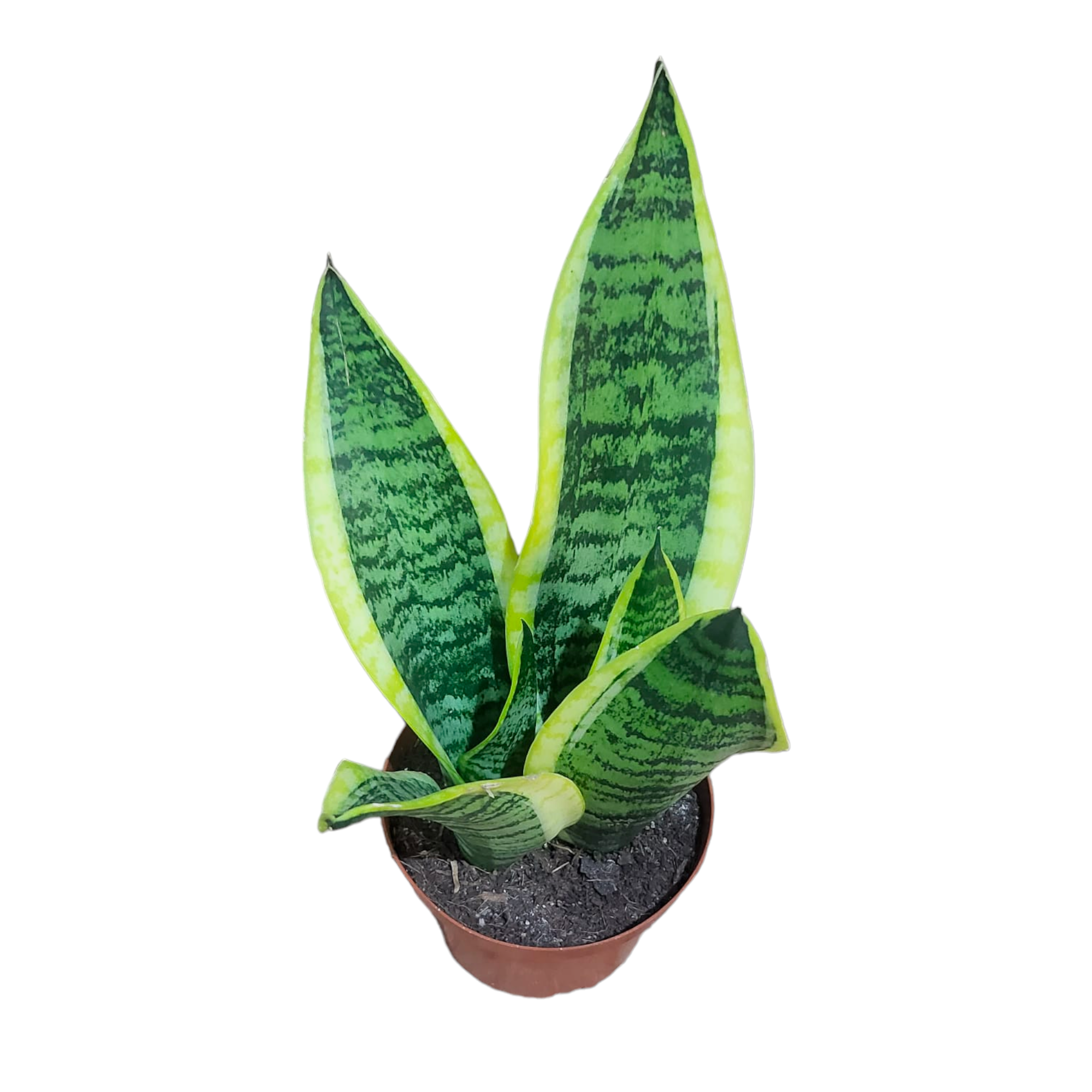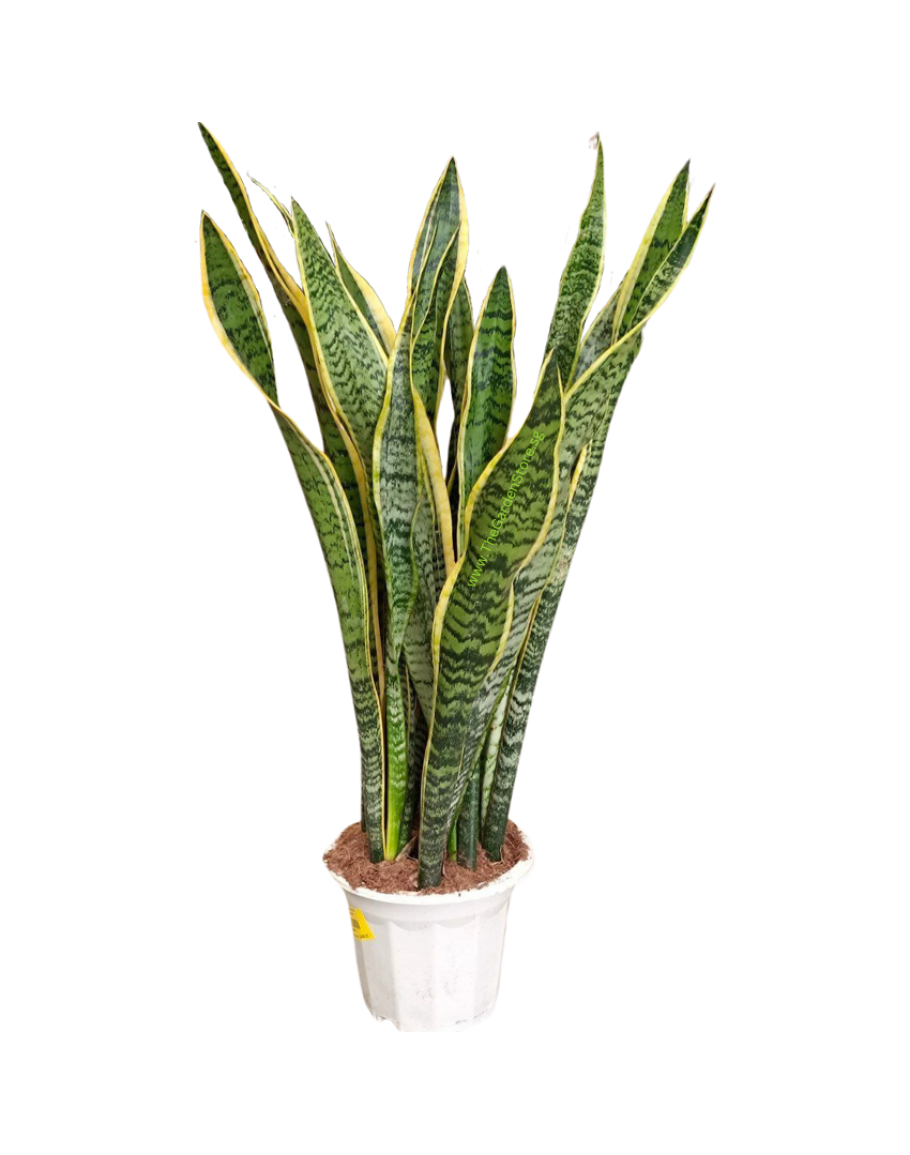The Sansevieria trifasciata, commonly known as the Snake Plant or Mother-in-Law’s Tongue, is a popular houseplant renowned for its hardiness and air-purifying qualities. With its distinctive sword-shaped leaves and low-maintenance nature, this plant is a perfect choice for both seasoned and novice gardeners.
A Closer Look at the Snake Plant
Origin and Taxonomy
Native to tropical West Africa, the Snake Plant belongs to the Asparagaceae family. It has been cultivated for centuries and has earned a place in various cultures due to its resilience and purported spiritual significance.
Physical Characteristics

Leaves: The most striking feature of the Snake Plant is its upright, sword-shaped leaves. These leaves can vary in color, ranging from solid green to variegated with yellow or white stripes.
Why Choose a Snake Plant?
Air-Purifying Properties
One of the primary reasons for the popularity of Snake Plants is their ability to improve indoor air quality. They effectively remove toxins such as benzene, formaldehyde, trichloroethylene, xylene, and toluene from the air.
Low-Maintenance Care

Snake Plants are incredibly forgiving and can thrive in a variety of conditions. Here are some basic care tips:
Light:
Watering:
Soil:
Temperature:

Fertilizing:
Propagation:
Common Varieties of Sansevieria Trifasciata
Sansevieria Trifasciata ‘Laurentii’: This popular variety features striking yellow margins on its leaves.
Potential Pests and Diseases
While relatively pest-resistant, Snake Plants can occasionally be affected by:
Mealybugs: These small, white, cottony insects can be treated with insecticidal soap or rubbing alcohol.
Incorporating Snake Plants into Your Home Decor
Snake Plants are versatile and can complement various interior design styles. Here are some ideas:
Modern Minimalism: A single, tall Snake Plant can add a sleek and contemporary touch.
The Sansevieria trifasciata is a resilient and stylish addition to any home or office. With its low-maintenance nature and air-purifying benefits, it’s no wonder this plant has become a beloved houseplant worldwide.



:max_bytes(150000):strip_icc()/growing-and-using-coreopsis-in-the-flower-garden-1402839-recirc-e8a9c85c0aea450185512cccc56c1b42.jpg?w=200&resize=200,112&ssl=1)
:max_bytes(150000):strip_icc()/calathea-orbifolia-growing-guide-5270824-hero-2a3b8667f05b40a49b27da573d2486fb.jpg?w=200&resize=200,112&ssl=1)

:max_bytes(150000):strip_icc()/grow-sago-palms-1902770-06-b83d3d47262a499c889900a6c83625f7.jpg?w=200&resize=200,112&ssl=1)
